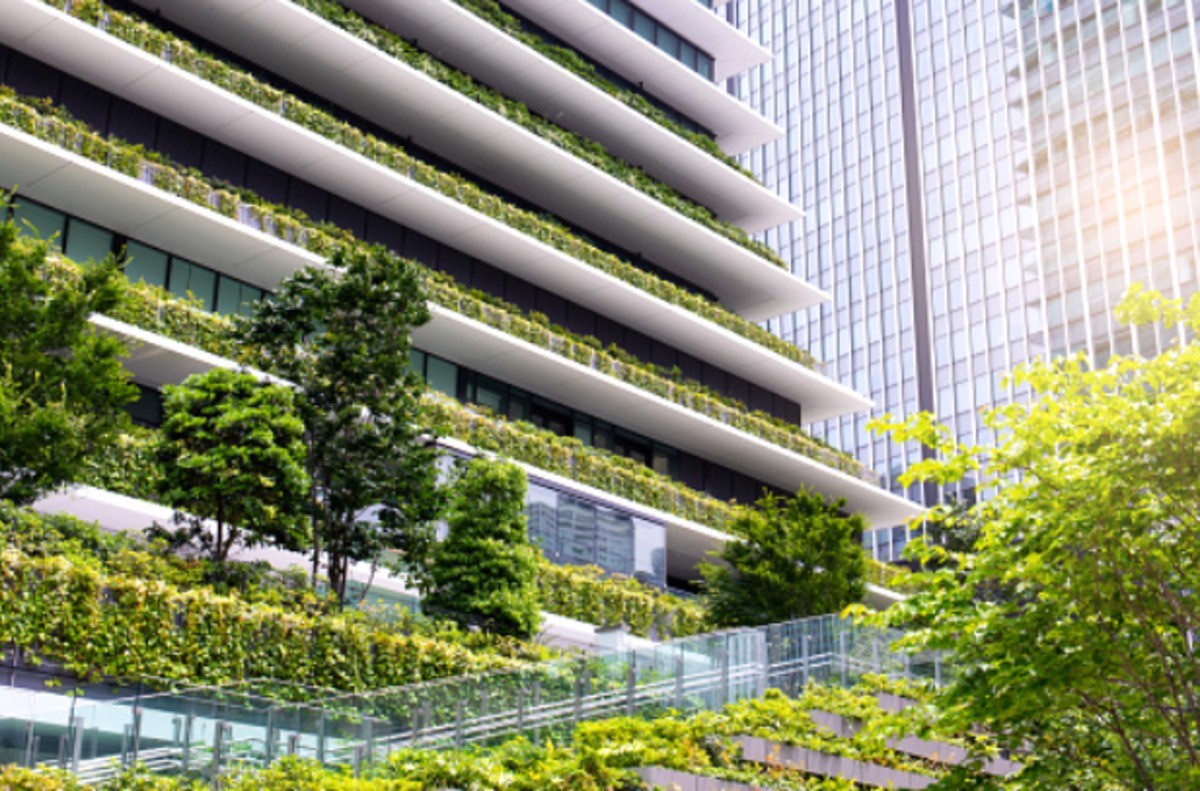How Does Construction Affect Sustainability?

The construction industry is a cornerstone for many sectors today. The impact can affect how people do things and live their daily lives on so many levels. It is a stable sector despite the slow economy brought by the pandemic. Changes in technology, culture, and taste drive the various demands for this industry.
The current driver of change for the construction industry is sustainability. As more people understand the effects of global warming and how people contribute to the significant increase in carbon emissions, many focus on the imminent danger if things don't turn around for the better.
Sustainable construction is gaining popularity, yet many people are unaware of its maximum potential. It is more than simply creating a structure with a minimal environmental effect. It is a fresh approach to the construction industry that enhances living and building.
What is Sustainable Construction?
For new buildings, sustainable construction implies utilizing eco-friendly materials and lowering energy usage and waste. The primary purpose of sustainable building is to lessen the industry's environmental effect. Sustainable construction must not end after the building process.
The structure should have a lower environmental impact throughout its lifetime. It emphasizes that features in the building's design should have a long-term positive effect on its environment. A few examples are:
- Proper insulation to avoid heat loss
- Solar panels to reduce energy use
- Long-lasting building materials
What Makes Sustainable Construction Difficult?
Implementing sustainable building methods does not happen immediately; there are obstacles to overcome, the most significant of which is cost. Building companies will always be under pressure to cut costs wherever they can, but there are still fears that using sustainable construction practices may cost them more.
Affordability is one of the most significant hurdles for these companies as they are still unsure and are testing the waters. Client demand for greener buildings, on the other hand, is growing, and many construction companies are anxious about getting caught between solid demand and high prices.
What to Consider for a Sustainable Construction Approach?
#1. Designing Multipurpose Buildings
Today's architects must face the difficulty of constructing a structure that can adjust as needed to meet changing demands rather than planning for a particular function. Designers can limit the quantity of waste in landfills and the total usage of raw materials by designing buildings that they can repurpose rather than demolish.
Luckily, technologies to assist building sustainability are currently in development. Circular design substitutes the traditional "design, build, use, and discard" paradigm with a more ecologically responsible one. A cycle of reducing waste, preserving goods and resources in use, and renewing natural systems is a more sustainable strategy to guarantee that building keeps up with demand without having the same negative environmental effect of the past.
A good example would be when architects devised building systems to erect and then demolish and rebuild into new structures. The project's objective is to reuse 90% of the components without significantly degrading quality through prefabrication and using parts that one can easily remove and place back again, like heavy-duty general access doors typically utilized for maintenance purposes.
#2. Maintaining Sustainability During the Building Process
One of the challenging aspects of this profession is sustainability. It utilizes natural resources to create buildings. Once those materials outlive their usefulness, they get discarded. Often, the process itself may have a significant influence on the environment. When constructing a structure, machinery, tools, and equipment all require a lot of energy. The energy consumed to heat the building or staff quarters adds to the total consumption. How this energy gets utilized and obtained can significantly influence emissions.
Decreasing the quantity of energy used in building, switching to equipment powered by electricity, and optimizing the energy efficiency of the worksite are all possibilities for lowering the negative carbon effect.
Another option to lessen the environmental effect is to use lean manufacturing processes in controlled settings. Manufacturing can be controlled, such as an indoor factory, where the manufacturers can significantly minimize waste and recycle resources rather than throw away valuable materials. They can then transport the building's materials to the construction site for assembly, which has a lower environmental impact.
#3. Consider the Utilized Materials
When making new structures or remodeling existing ones, it is critical to consider using sustainable materials to recycle after use. Recycling is an integral aspect of this newly driven circular economy, and construction is now the opportunity to follow suit.
Structures with the circular economy taken into account also raise the bar for the resilience and lifespan of the materials utilized. Selecting long-lasting building materials that designers can operate for many purposes reduces the cost of renovations over time and assures continuous performance.
Takeaway
As the construction industry pushes through a new change, many more innovations will continue to develop. The fresh designs and integrated technologies will bring about tremendous changes for everyone to see. If you need any updates, consult a licensed professional for some factual information.



